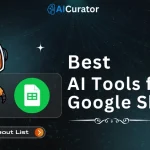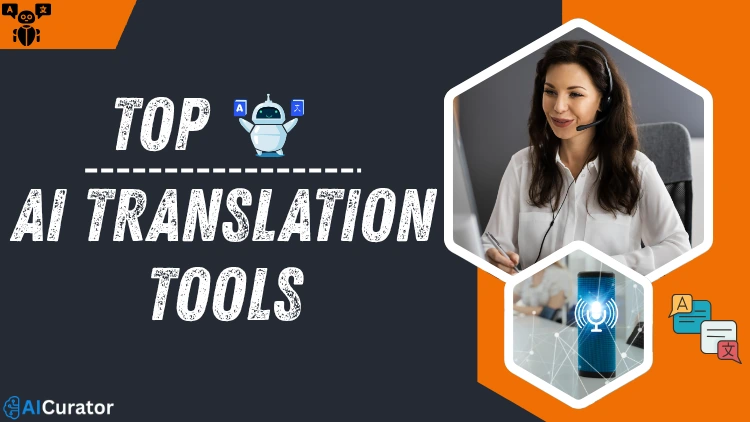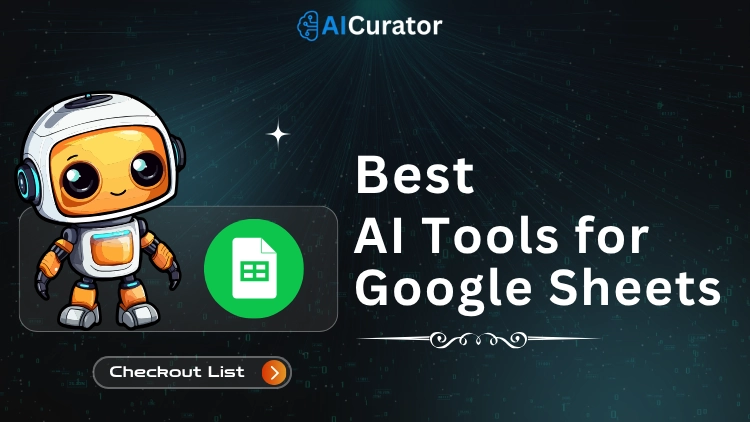Global business, travel, and social platforms now lean on AI translation engines that shrink language barriers to seconds. From neural machine translation apps to real-time speech-to-text subtitlers, 2025 brings lightning-fast fluency for multilingual content.
AI translation tools process millions of text combinations daily, training on native speaker data and professional linguists to deliver context-rich results.
See how smart glossaries, context-aware GPT translators, and automatic video dubbing supercharge global reach — and pick the platform that propels your brand into new markets.
How AI Translation Tools Achieve Human-Like Fluency
Unlike traditional machine translators that worked word-by-word, modern AI translation tools use neural machine translation (NMT) and natural language processing to understand entire sentences, context, and meaning. This approach delivers translations that feel natural and human-like rather than robotic phrase combinations.
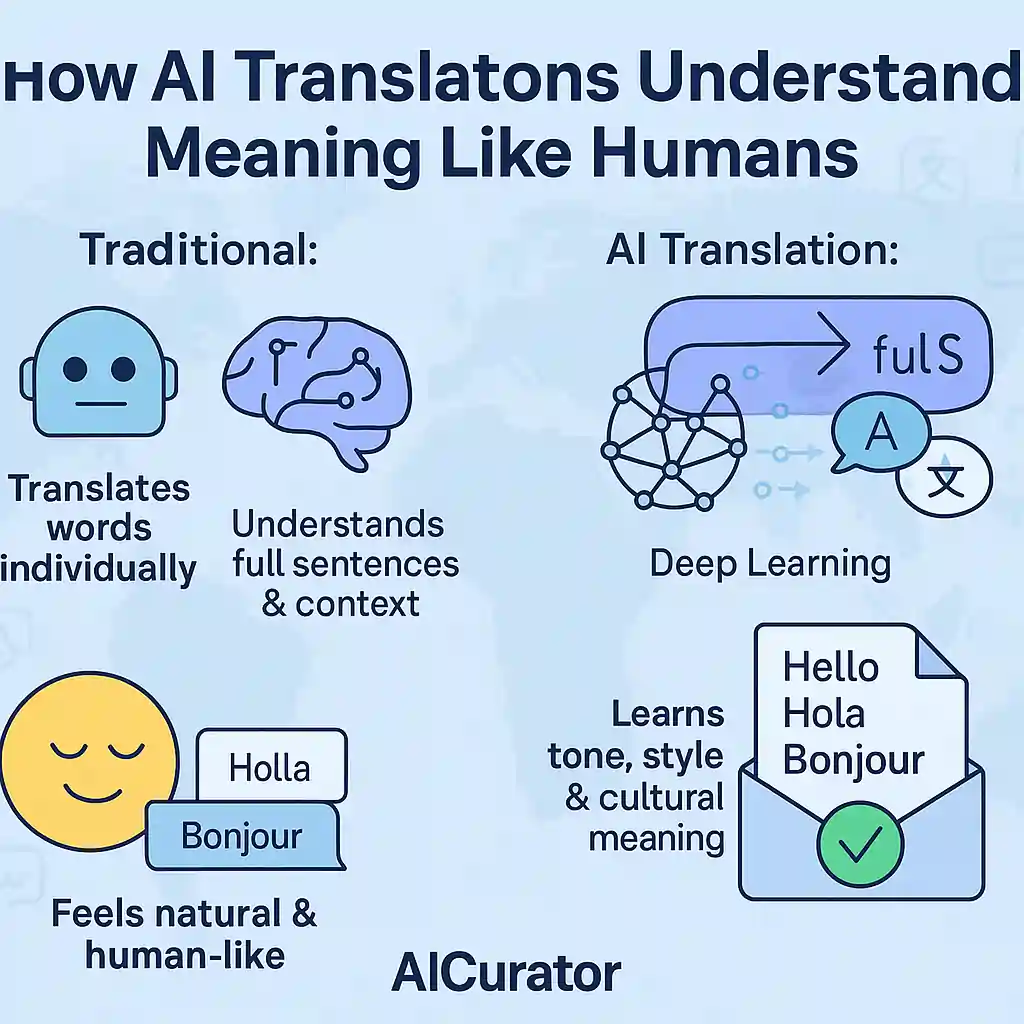
The technology behind these tools involves deep learning algorithms that analyse vast datasets of multilingual content, learning patterns, grammar structures, and cultural expressions from millions of real-world examples. This results in translations that capture not just literal meanings but also tone, style, and cultural appropriateness.
Top 8 AI Translation Tools Reshaping Global Communication
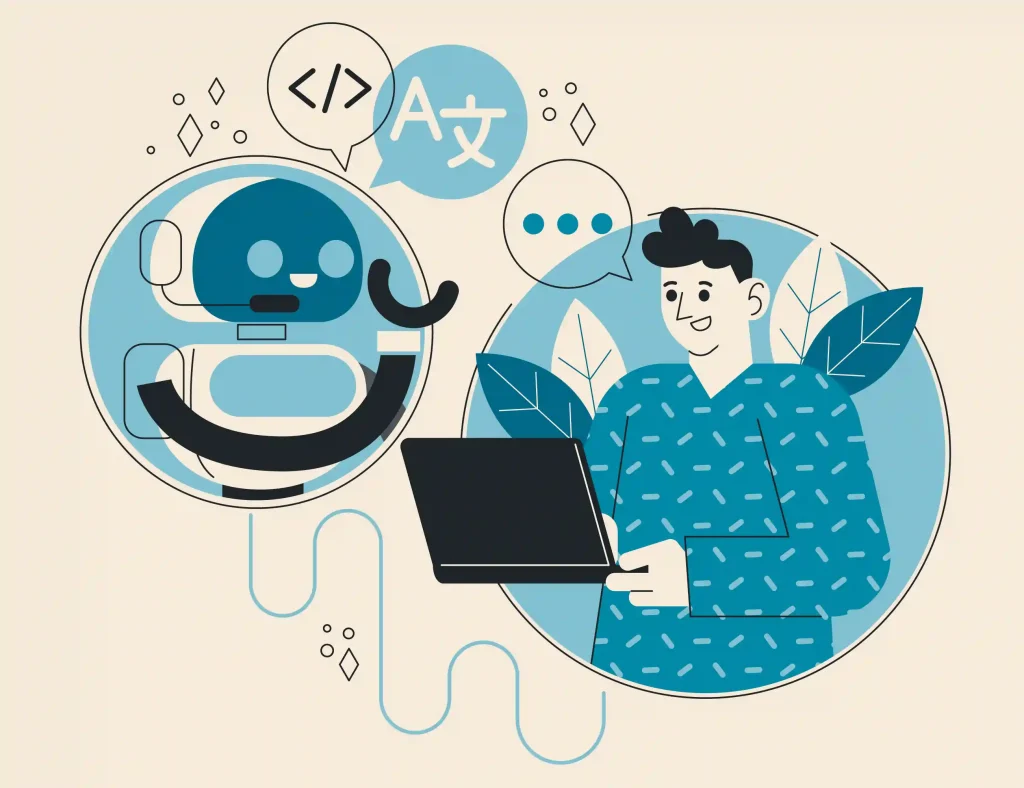
1. Google Translate – The Universal Pioneer
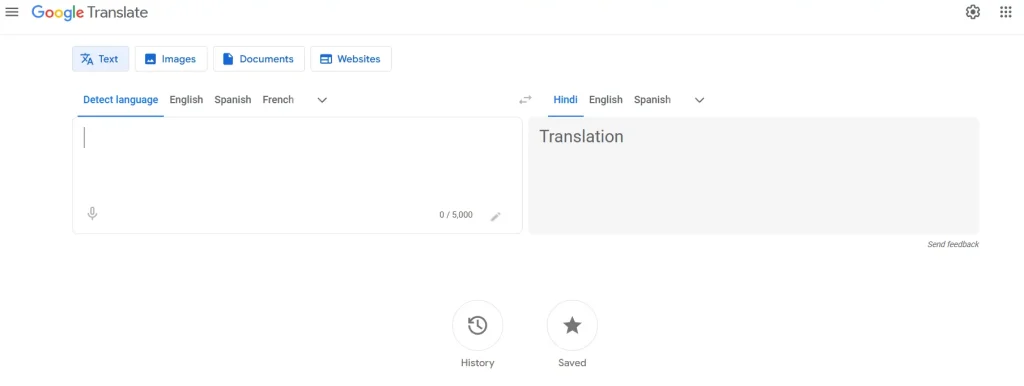
Google Translate remains the most recognisable name in AI translation, serving over 500 million users daily across 100+ languages. Its neural machine translation system, introduced in 2016, marked a significant leap from statistical methods to context-aware processing.
Key Features:
Technical Specifications:
Limitations:
May struggle with highly technical content, legal documents, and maintaining consistency across large projects. Context accuracy can vary significantly between language pairs.
2. DeepL – The Accuracy Champion
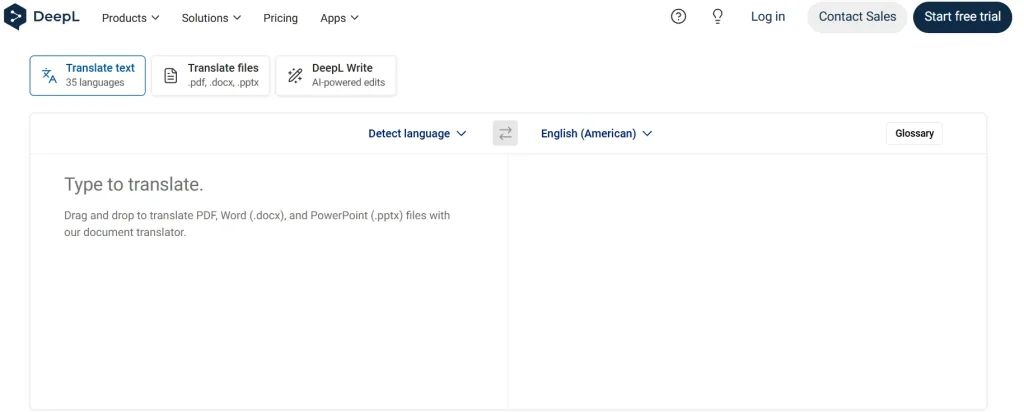
DeepL has earned recognition for delivering the most natural-sounding translations, particularly for European languages. Professional translators consistently rate DeepL translations as superior in fluency and contextual accuracy compared to competitors.
Key Features:
Technical Specifications:
Pricing Structure:
Free version available; Pro plans start at £5.99/month for individuals, enterprise pricing available.
3. Amazon Translate – The Scalable Enterprise Solution
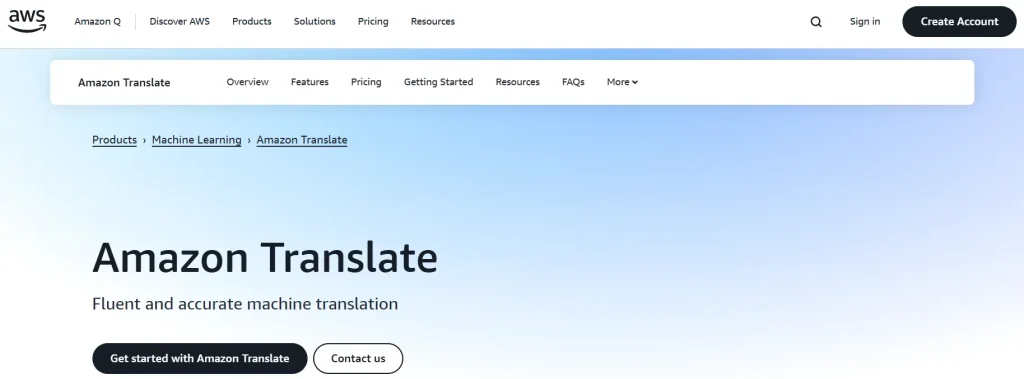
Amazon Translate leverages AWS infrastructure to provide high-volume translation capabilities for businesses processing massive amounts of multilingual content. The service integrates naturally with other AWS tools, making it popular among cloud-first organisations.
Key Features:
Technical Specifications:
Pricing Model:
Pay-per-character usage, starting at $15 per million characters. Free tier includes 2 million characters monthly for 12 months.
4. Smartcat – The Collaborative Platform
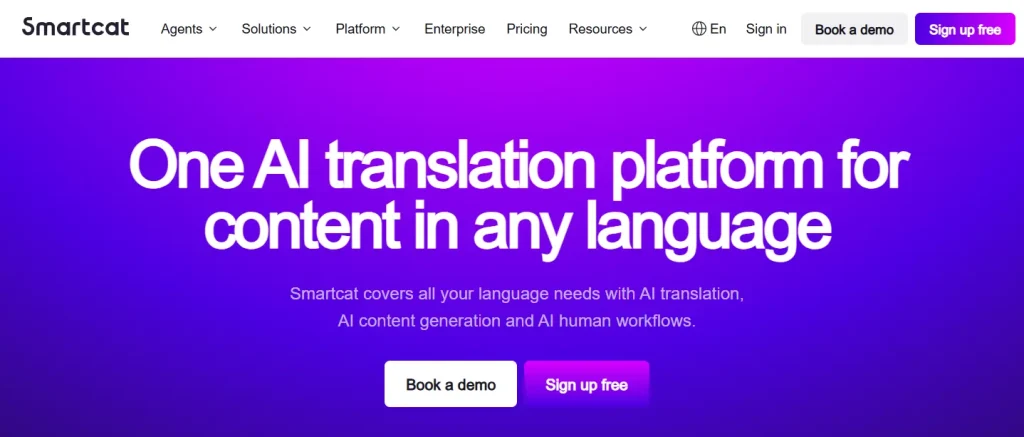
Smartcat combines AI translation with collaborative features, creating a comprehensive platform for translation teams and agencies. Its marketplace connects businesses with professional linguists whilst AI handles initial translations.
Key Features:
Technical Specifications:
Collaborative Advantages:
Teams can combine AI efficiency with human expertise, ensuring quality whilst maintaining speed. The platform tracks all changes and maintains version control.
5. Microsoft Translator – The Office Integration Expert
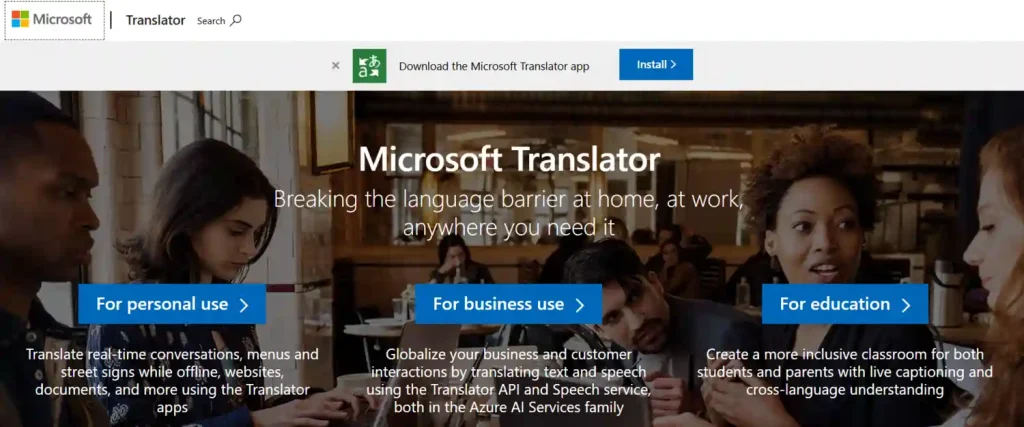
Microsoft Translator excels in enterprise environments, particularly for organisations already using Microsoft 365 ecosystem. Its deep integration with Office applications makes document translation seamless for business users.
Key Features:
Technical Specifications:
Unique Strength:
The conversation translator feature supports face-to-face multilingual meetings, making it invaluable for international business.
6. Lokalise AI – The Context-Aware Specialist
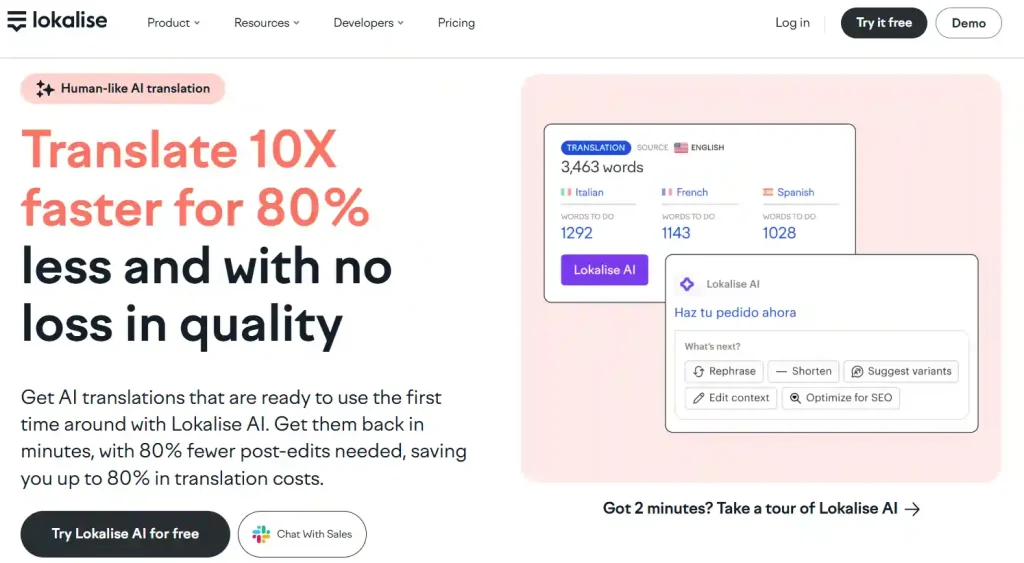
Lokalise AI stands out for its contextual translation capabilities, allowing teams to provide style guides, tone of voice instructions, and industry-specific glossaries. Built into a translation management system, it offers comprehensive localisation control.
Key Features:
Technical Specifications:
Advanced Capabilities:
The platform learns from previous translations and user feedback, continuously improving accuracy for specific brands and industries.
7. ChatGPT – The Versatile AI Assistant

ChatGPT's translation capabilities have impressed users with contextual understanding and creative problem-solving approaches. Whilst not specifically designed for translation, its language understanding makes it surprisingly effective for complex content.
Key Features:
Technical Specifications:
Creative Applications:
Particularly effective for translating creative content, marketing copy, and materials requiring cultural adaptation rather than literal translation.
8. Mirai Translate – The Security-Focused Enterprise Tool
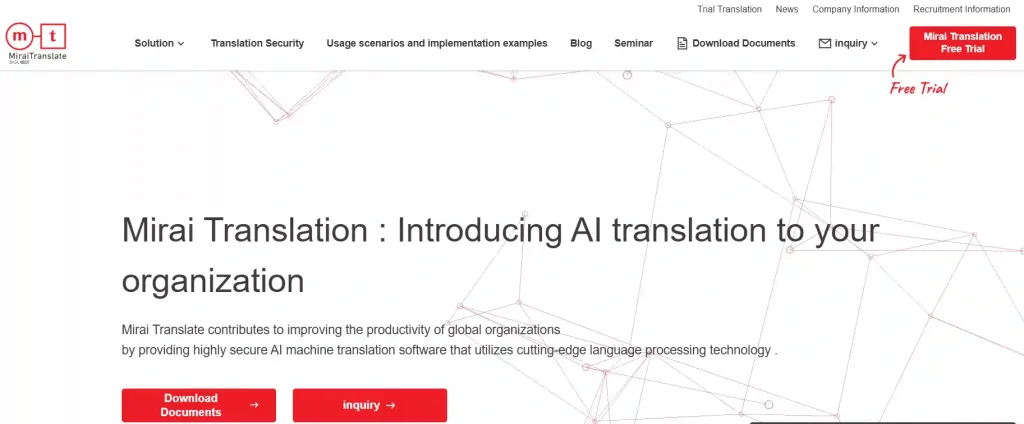
Mirai Translate targets large corporations requiring high-security translation with accuracy comparable to TOEIC 960 score holders. The platform emphasises data protection whilst delivering business-grade translation quality.
Key Features:
Technical Specifications:
Enterprise Focus: Designed specifically for large corporations handling sensitive documents whilst requiring professional-grade translation accuracy.
Specialisation:
Particularly strong for Japanese business communications and technical documentation requiring high precision.
Choosing the Right AI Translation Tool for Your Needs
Selecting the optimal translation solution depends on several critical factors that align with your specific requirements and constraints.
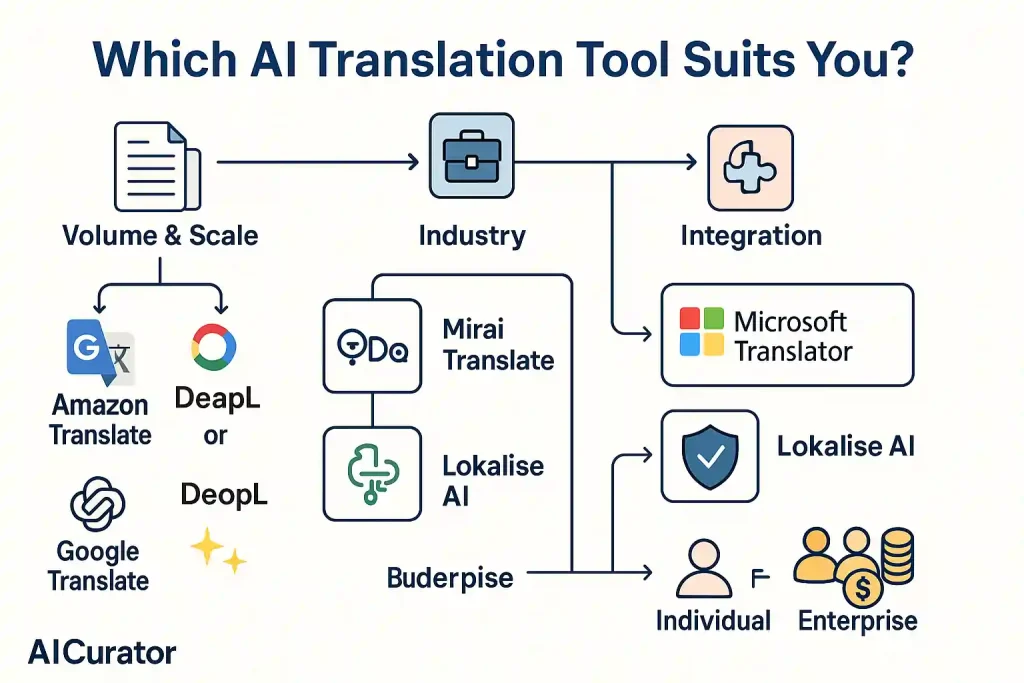
- Volume and Scale Considerations: High-volume operations benefit from AWS-based solutions like Amazon Translate, whilst smaller teams might prefer the simplicity of Google Translate or the accuracy of DeepL.
- Industry Requirements: Legal and medical content demands specialised tools like Mirai Translate or DeepL Pro with custom glossaries. Marketing content might benefit from ChatGPT's creative capabilities.
- Integration Needs: Teams using Microsoft 365 should consider Microsoft Translator, whilst development teams might prefer Lokalise AI's comprehensive integrations.
- Security and Compliance: Organisations handling sensitive data need ISO-certified solutions like Mirai Translate or enterprise versions of established platforms.
- Budget Constraints: Free tiers from Google Translate and DeepL suit individual users, whilst enterprise solutions require investment but deliver superior consistency and support.
Maximising AI Translation Success
Successful AI translation implementation requires strategic planning and realistic expectations. Combine AI efficiency with human oversight for critical content, establish consistent terminology databases, and regularly evaluate output quality against your specific requirements.
Invest in training your team to work effectively with AI tools, understanding their strengths and limitations. Most importantly, choose solutions that grow with your needs rather than forcing your workflows to fit rigid tool constraints.


